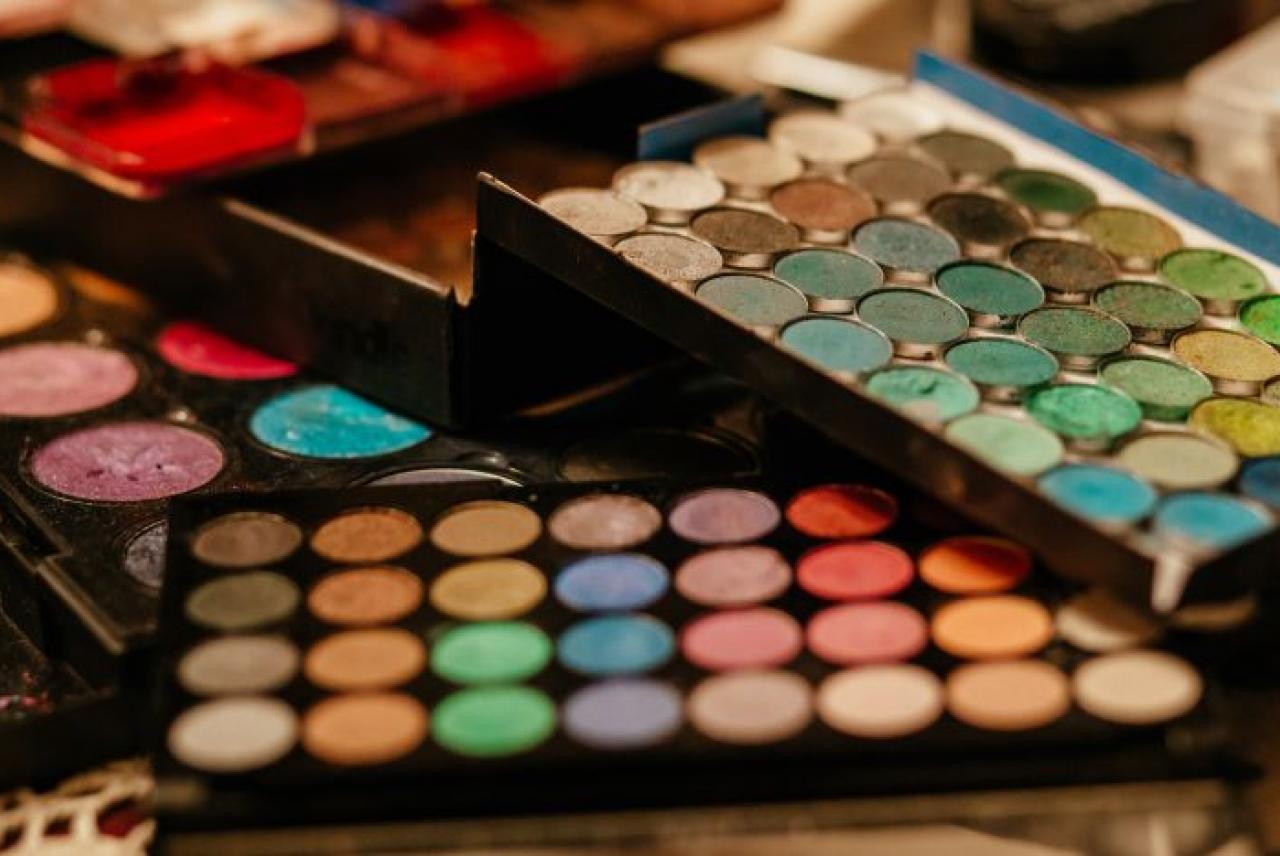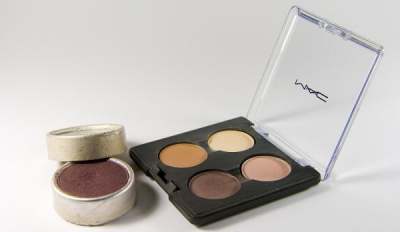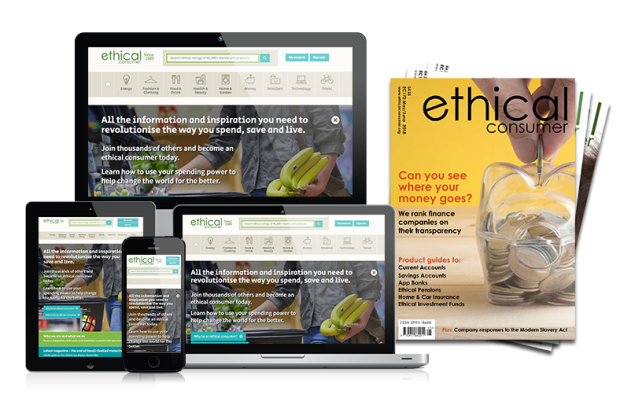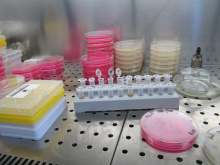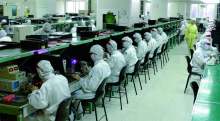Mica is the name of a naturally occurring group of silicate minerals. It is derived from the Latin word micare which means to shine, to flash or to glitter. Mica is used throughout the cosmetics and personal care industry, and is common in makeup like eye shadow and lipstick and other products that glow or shine.
It can be listed as ‘mica,’ ‘potassium aluminium silicate,’ or ‘CI 77019,’ on ingredient lists.
Mica is also mined for industries including pharmaceuticals, electronics, construction, and is used in things like car paint.
However, there are several problems with mica, including the health impact on workers mining it, and child labour.
Issues with mining mica
Although mica is considered safe for skin application in cosmetics, research has shown that workers with repeated exposure to mica can suffer from pneumoconiosis, affecting lung tissue.
A lot of workers extracting mica are likely to be children working in unregulated mines in the Bihar and Jharkhand regions of India, where the majority of mica comes from.
Child labour and mica
In 2016, Dutch NGO SOMO and Terre des Hommes Netherlands released a new report which confirmed findings of up to 20,000 child labourers being involved in the mining of the mineral along the border between Jharkhand and Bihar in North East India. It is estimated that 25% of the world production of mica is sourced from these illegal mines.
According to Terre des Hommes (TDH) Netherlands:
The work is exhausting, hazardous and jeopardising their health. Moreover, those children cannot attend school and will therefore be trapped in a vicious cycle of exploitation. Children and adults working in illegal mines, can only earn 45 percent of the average salary in a legal mine, while legal mines only contribute to a small part in the total volume of mica exported.
While the report questioned several large Dutch companies, including Unilever, about their mica supply chains, it found that, for the majority of mica imported from Jharkhand/Bihar, no due diligence had been conducted either by the pigment producers or the exporters. The report called on companies to conduct due diligence of their supply chains and to work collaboratively with other companies on the issue.
In February 2017 an ITV investigation found child labour was evident in mica mines in India.
